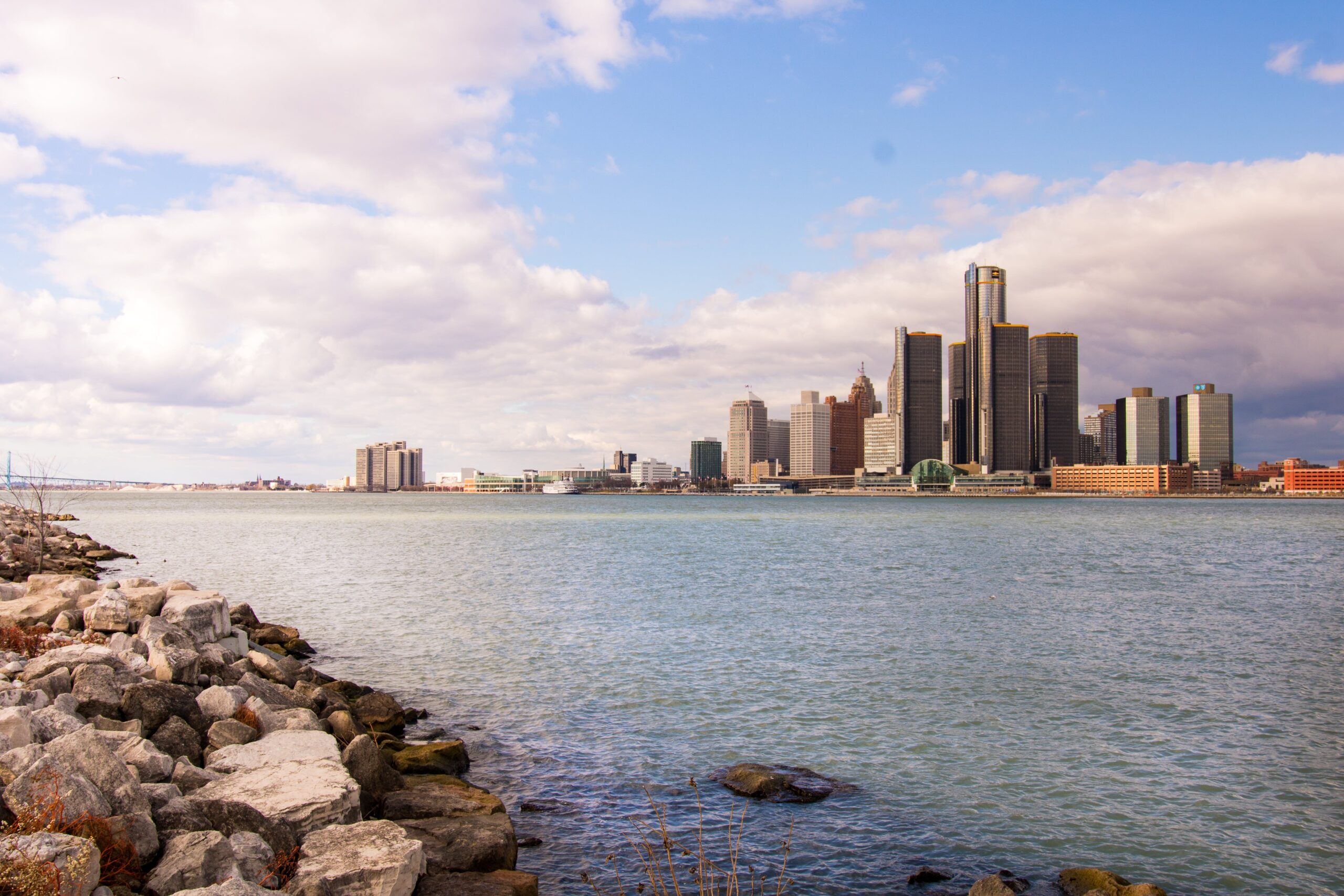Small and mid-sized U.S. cities have surpassed big cities’ gun homicide rates in recent years, according to an April 2023 analysis of city-level firearm violence data.
Magic Wade, director of the University of Illinois Springfield’s School of Politics and International Affairs, studied firearm homicide and injury data from the Gun Violence Archive for small, mid-size and large cities nationwide from 2015 to 2021.
Contrary to the common fixation on major metros, her findings demonstrate that cities of all sizes need to be considered when addressing the country’s gun violence problem. They also should compel journalists to push back with data against claims, which get a new life during every election cycle, that big cities are the most violent places in the country.
Wade, who is a political science professor, published her analysis in the peer-reviewed journal Homicide Studies. It found that 42% of all firearm homicides occur in communities with populations under 250,000, and more than two-thirds of the country’s most violent cities have fewer than 100,000 residents.
She also found that both large and small cities were responsible for increasing a state’s overall homicide rate. And much of the increase happened in cities in the Midwest, South and Mid-Atlantic regions. For example, in Michigan, the firearm homicide rate for 2020 to 2021 in Detroit, population 632,464, was 40.5 per 100,000 people. But for that period, the homicide rate in Flint, Mich., population 80,628, was 73.8 per 100,000 people. In Saginaw, Mich., population 43,854, the rate was 56.9 per 100,000 people.
Wade also contextualized the historic amount of gun violence that rocked most cities nationwide in 2020. She found that 2019 was a turning point for elevated gun violence rates before the nationwide spikes in 2020 and 2021.
The study also compared heightened gun violence in recent years to another period when the firearm death rate was high — the 1990s. And though larger cities haven’t hit records from that time, mid-sized and small cities are experiencing far more violence, Wade said.
According to the study: “A shared sense of the scope and severity of the problem of gun violence is also urgently needed. For too many American communities, it’s not as bad as the 1990s, it’s worse.”
Overall, cities in the South and Midwest had the highest firearm homicide rates nationwide in 2021. Selma, Ala., which has a population of nearly 18,000, experienced a rate of 111.3 firearm homicides per 100,000 people. The rate in Orangeburg, S.C., was 108.5, a city with just over 12,000 people. St. Louis had the third highest rate nationwide at 96.2 per 100,000 people.
For context, Chicago’s rate for 2021 was 15.1 per 100,000 people. Philadelphia’s rate was 30 per 100,000 people.









